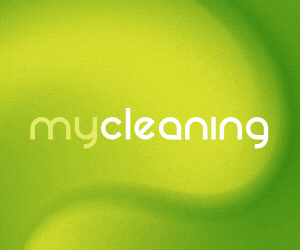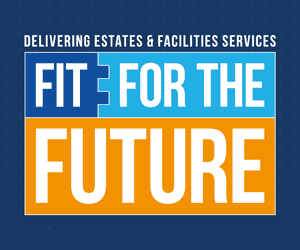NHS England has claimed some positives from its latest data on key activity and performance measures for June and July. However, the underlying trend shows a different picture across key performance indicators in urgent care and waiting times.
The headline figure is that the waiting list in England for patients to begin consultant-led elective treatment has reached another new record high in excess of 5.4 million.
NHS England will take comfort from evidence that the NHS is making progress on non-urgent care, despite experiencing one of its busiest summers ever. The number of patients waiting longer than 18 weeks for care fell by almost 25,000 while those waiting more than a year fell by almost 32,000. It also says that the average waiting time for elective care is down for the fourth month in a row to 10.4 weeks – more than seven weeks lower than this time last year.
However, analysis from Nuffield Trust points out that although there has been a fall in the number of patients waiting over 18 weeks to start elective treatment in June this year compared to last year (31%), this is sill 18 percentage points worse than in June 2019. Similarly, although the number of people waiting over 52 weeks to start their consultant-led elective treatment fell slightly, it still remains six times higher than in June 2020 and 280 times higher than in June 2019.
Patients are waiting longer for diagnostic tests and for cancer treatment to start following a referral. Over one in five patients (22%) had been waiting over six weeks for a diagnostic test in June 2021; the diagnostic waiting time target has not been met for over seven and a half years. 27% of patients waited longer than two months to start their first treatment following an urgent GP referral for suspected cancer, which, the Nuffield Trust says, is the worst performance for any June on record; the 62-day cancers target has not been met for five and a half years.
The statistics also support claims that services are resuming at a rapid pace, but they’ve got a long way to go. For instance, NHS England says around a quarter of a million people were checked for cancer in June – that’s the second highest number on record – and more than 27,000 people started treatment for cancer in the same period – a 42% increase on June last year. More than two million diagnostic tests were carried out in July – that’s more than at any point over the last year.
The NHS has seen over eight million elective patients since the start of the pandemic in March 2020, while seeing over 420,000 Covid patients, meaning for every Covid patient, the NHS has seen five non-Covid elective patients.
A&E is also under pressure. In July, 22% of people attending A&E spent more than four hours from arrival to admission, transfer or discharge – the worst performance since records began. Attendances at A&E and emergency admissions via A&E both increased dramatically in comparison with July 2020 (36% and 13% respectively) when attendances and admissions fell during the pandemic, but were 5% and 1% lower than in July 2019 respectively.
Ambulance incidents have increased by 10% since July 2020 and provisional data shows over two million calls were made to NHS 111 in July 2021, 38% higher than in July 2020.
Professor Stephen Powis, National Medical Director for NHS England, says: “NHS staff have made effective use of the additional resources made available to us to recover services which were inevitably disrupted during the pandemic, and we are continuing to tackle the COVID backlog.
“This has come as services have seen some of the highest ever number of patients coming forward for care during the summer months, all at the same time as delivering the biggest and most precise vaccine roll-out in our history.”
Chris Hopson, Chief Executive of NHS Providers, says that the NHS is busier than it has ever been. He cites critical staffing levels, lower bed capacity as a result of enhanced infection control, self-isolating staff, the peak summer leave period, demand for urgent and emergency care that is now in excess of pre-pandemic levels, efforts to recover care backlogs and the continuing pressure of COVID-19 patients, as contributing factors to what is a very difficult time for the health service.
“Trust leaders are clear that, to measure the full extent of current pressure on the NHS, it’s vital to look at the full range of demand and staffing pressures, not just the Covid caseload. Trust leaders say they are currently dealing with a very difficult combination of six different pressures all at once,” he says.










